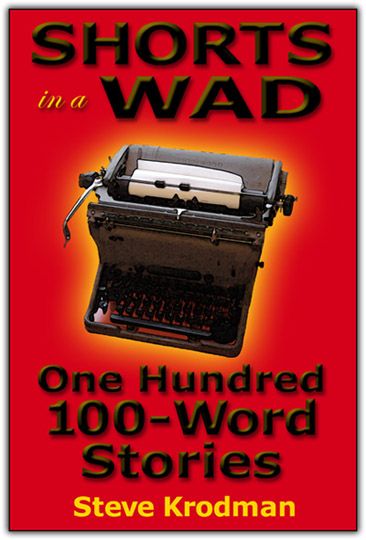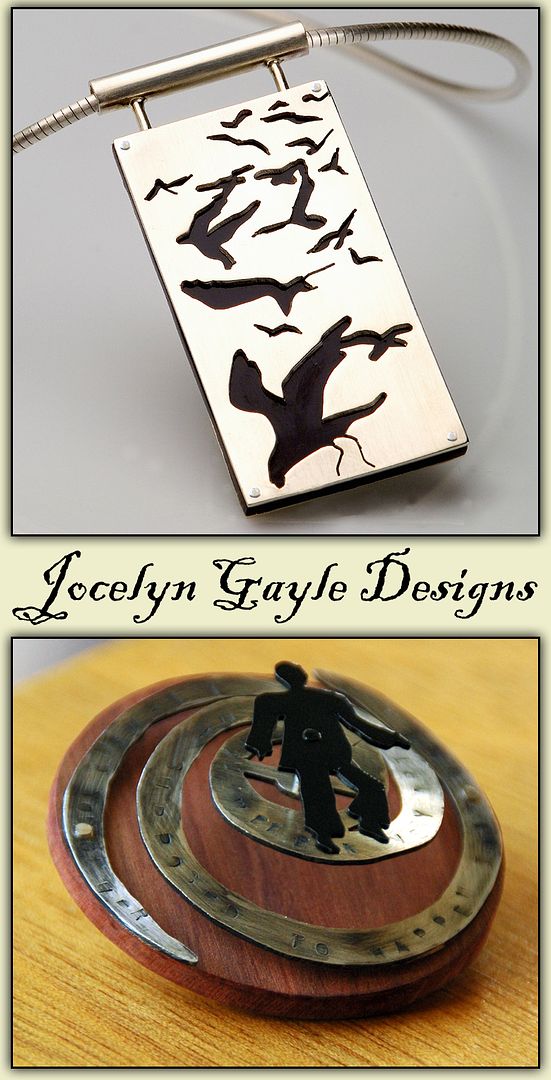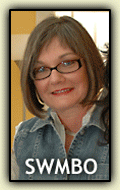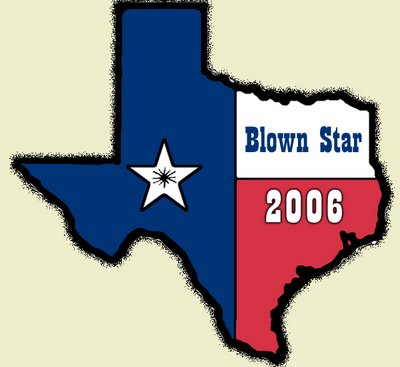I’ve always been fascinated by the idea of artificial languages. Not fascinated enough, I’ll admit, to ever allow me to consider becoming a computer programmer, but what are FORTRAN, BASIC, or COBOL (I’m showing my age here) but made-up languages?
And, of course, there’s that perennial favorite of Trekkies: Klingon, created and designed by one Dr. Marc Okrand, a linguist hired by Paramount Pictures. There have been books published in Klingon, including at least one Shakespeare play; furthermore, there are people who are able to carry on entire conversations in Klingon, generally in the context of trying to get laid at Star Trek conventions. A more futile quest is hard to imagine.
The most widely spoken constructed language is most likely Esperanto (“one who hopes”), invented by Dr. L. L. Zamenhof in the 1870’s - 1880’s. Spoken by between 100,000 and 2,000,000 people today, Esperanto was intended to be a universal second language, a means of creating peace and international understanding. Well, we can see how well that worked out.
According to Wikipedia,
Some thirty-odd years ago, the National Lampoon published an article on “How to Talk Dirty in Esperanto,” containing such useful phrases as, “My penis has been struck by lightning” (Mia peniso estas frapita de fulmo), and “Your genitals look like moldy spinach” (Viaj generaj organoj similas ŝiman spinaco). I don’t remember much about the article itself - it’s no doubt buried somewhere in my basement amongst all the piles of old magazines - but I do remember the Esperanto word for “balls”: pilkojn. Nice.
An invented language spoken by one or a very few people is called an idioglossia, a term which was used as the title of the play from which the 1994 film Nell was adapted. Typically, an idioglossia is constructed by children who are exposed to multiple languages at an early age, or (commonly) twins. But not always...
...because when I was in fifth grade, a bunch of us constructed our own idioglossia.
“The Fink’s English,” we called it, and it was mainly a random collection of made-up words that replaced more commonly-used substantives. A bicycle, for example, was a duhknocker. And, for the life of me, that’s the only one I remember, although at one point we even created a dictionary so that we could keep track of our increasingly demented coinages.
Nowadays, as a blogger, I have joined a select fraternity of people who make words up at random, although one could hardly call the sum total of Bloggy Word-Coinage an idioglossia. But just think of how the language has become enriched by such wonderfully evocative confections as craptastic, fucktard, lolcat, cromulent, et alia.
It’s enough to make my pilkojn ache.
And, of course, there’s that perennial favorite of Trekkies: Klingon, created and designed by one Dr. Marc Okrand, a linguist hired by Paramount Pictures. There have been books published in Klingon, including at least one Shakespeare play; furthermore, there are people who are able to carry on entire conversations in Klingon, generally in the context of trying to get laid at Star Trek conventions. A more futile quest is hard to imagine.
The most widely spoken constructed language is most likely Esperanto (“one who hopes”), invented by Dr. L. L. Zamenhof in the 1870’s - 1880’s. Spoken by between 100,000 and 2,000,000 people today, Esperanto was intended to be a universal second language, a means of creating peace and international understanding. Well, we can see how well that worked out.
According to Wikipedia,
Esperanto is not genealogically related to any ethnic language. Esperanto can be described as “a language lexically predominantly Romanic, morphologically intensively agglutinative and to a certain degree isolating in character.” The phonology, grammar, vocabulary, and semantics are based on the western Indo-European languages. The phonemic inventory is essentially Slavic, as is much of the semantics, while the vocabulary derives primarily from the Romance languages, with a lesser contribution from Germanic. Pragmatics and other aspects of the language not specified by Zamenhof's original documents were influenced by the native languages of early speakers, primarily Russian, Polish, German, and French.What strikes the non-Esperanto speaker is the European feel of the language, as well as its extreme structural regularity. Zamenhof wanted Esperanto to be easy to learn, an appropriate characteristic of a non-native second language.
Some thirty-odd years ago, the National Lampoon published an article on “How to Talk Dirty in Esperanto,” containing such useful phrases as, “My penis has been struck by lightning” (Mia peniso estas frapita de fulmo), and “Your genitals look like moldy spinach” (Viaj generaj organoj similas ŝiman spinaco). I don’t remember much about the article itself - it’s no doubt buried somewhere in my basement amongst all the piles of old magazines - but I do remember the Esperanto word for “balls”: pilkojn. Nice.
An invented language spoken by one or a very few people is called an idioglossia, a term which was used as the title of the play from which the 1994 film Nell was adapted. Typically, an idioglossia is constructed by children who are exposed to multiple languages at an early age, or (commonly) twins. But not always...
...because when I was in fifth grade, a bunch of us constructed our own idioglossia.
“The Fink’s English,” we called it, and it was mainly a random collection of made-up words that replaced more commonly-used substantives. A bicycle, for example, was a duhknocker. And, for the life of me, that’s the only one I remember, although at one point we even created a dictionary so that we could keep track of our increasingly demented coinages.
Nowadays, as a blogger, I have joined a select fraternity of people who make words up at random, although one could hardly call the sum total of Bloggy Word-Coinage an idioglossia. But just think of how the language has become enriched by such wonderfully evocative confections as craptastic, fucktard, lolcat, cromulent, et alia.
It’s enough to make my pilkojn ache.




















1 comment:
Note: pilkojn is the plural accusative form (ie object of the sentance). The singular nominative form (ie subject) is pilko and the plural nominative is pilkoj. Small pronounciation note: j in esperanto sounds like y
Post a Comment